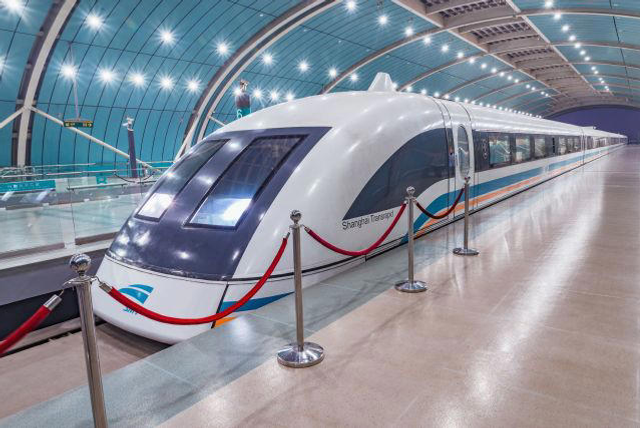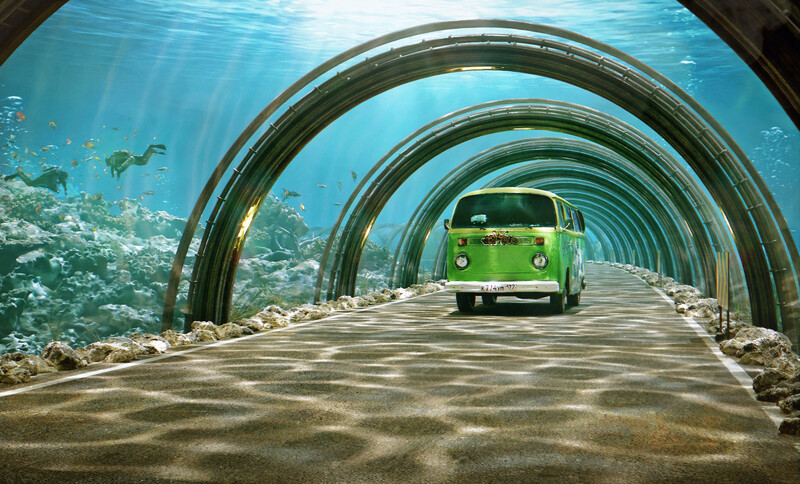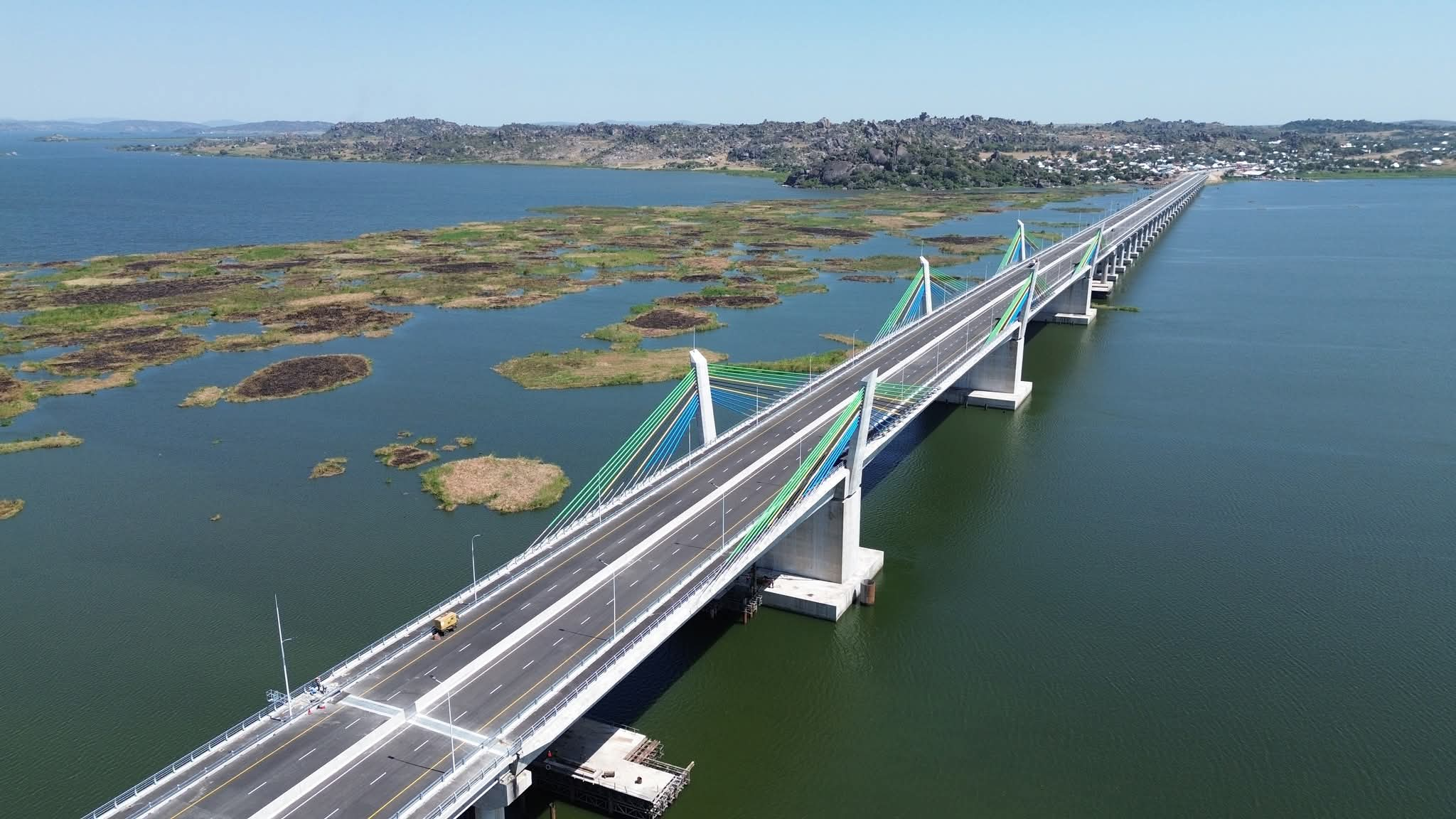2023: China Breaks Record With Fastest Train in the World

Did you know that China has the fastest train which competes with the pace of commercial flights, and it is part of its long-term vision to reduce traffic congestion and air pollution conundrum, among other objectives?
While commercial flights maintain a cruising speed ranging between 545 miles per hour (mph) and 574 mph, China's high-speed maglev train, a technological masterpiece, on a recent test-run, clocked an astonishing speed of 281 miles per hour. Yet, once fully developed and optimized, the engineers behind this incredible feat believe the maglev could soar to speeds of up to 621 mph.
China has been known as a nation for its groundbreaking technological feats with its skyscrapers, bridges, quantum computer. With its recent feat on the blistering pace set by the maglev, China is no doubt also challenging the domain of commercial air travel.
But the secret behind this prowess seems to have sprung from science fiction: "magnetic levitation" or maglev. The maglev system allows the train to almost float, as if by magic, minimizing the friction traditionally experienced with standard train tracks. But this isn’t magic—it’s science.
The heart of the maglev system lies in its superconducting magnets, kept at bone-chilling temperatures to augment their magnetic strength. These magnets, stationed on the train, engage with metallic components on the walls of a specially designed low-vacuum pipeline. The resultant interaction creates both levitation and propulsion, meaning the train rides on a cushion of air rather than traditional tracks. The outcome is not just heightened speed but also a reduction in noise pollution.
For some, this concept might sound unprecedented. However, China already flaunts a prototype in action. Shanghai's existing maglev train, bridging Pudong Airport and the Longyang Road station in the city’s core, condenses a 19-mile journey into a mere seven-minute ride.
Yet, China's ambitions stretch far beyond Shanghai. Under the China Railway 450 Technology Innovation Project, part of the country’s strategic roadmap for 2021 to 2025, there's a plan to proliferate this maglev technology. The vision? Seamlessly connect urban jungles with remote, rural locales, enhancing connectivity and bridging economic disparities. Such advancement isn’t just about speed and connectivity; there’s an environmental narrative deeply interwoven.
China, despite its economic growth, grapples with the looming specter of environmental degradation. From 2005 to 2020, the number of passenger cars spiraled, jumping from 19 million to a staggering 239 million. By 2018, China shouldered the blame for 11% of the world's transport-induced air pollution emissions, second only to the United States. Yet, there’s hope.
As part of its commitment to the environment, China aims to see its carbon emissions peak by 2030, with a long-term goal of achieving carbon neutrality by 2060. Maglev trains, producing zero direct emissions, align perfectly with this green vision. They also present an ecological boon – they don’t fragment the landscape. Where highways and traditional rails pose barriers, maglev tracks are a haven, allowing wildlife to cross unharmed.
One can’t help but marvel at the potential of this technology, which, according to estimates, could be fully operational in a window of three to ten years. The promise is tantalizing: a train ride faster than a flight, a solution to the traffic congestion and air pollution conundrum, and a green transport alternative that respects both nature and urban development.
As the world watches, China once again positions itself at the frontier of technological and environmental innovation.
Source: culled from The Brighter Side
#penglobalfactfile


_1755775186.jpg)
